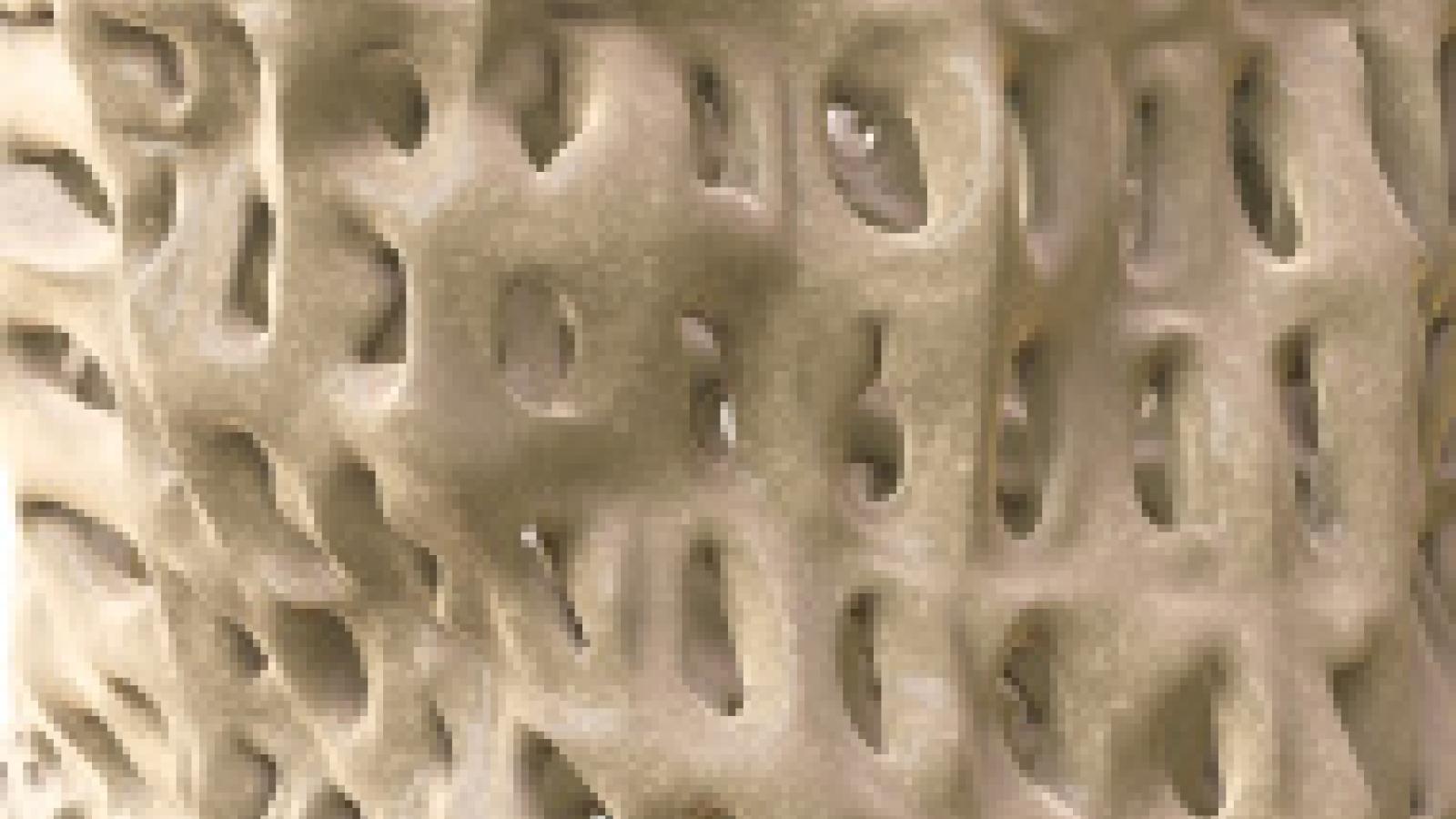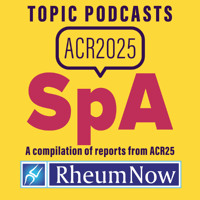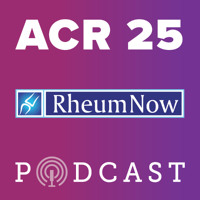Spondyloarthritis
AI continues to move from research labs into rheumatology clinics, promising to reshape how inflammatory diseases are diagnosed and monitored. Ankylosing spondylitis, in particular, poses a diagnostic challenge—its early imaging findings are subtle, and radiographic changes may take years to appear and require specific musculoskeletal radiology expertise which may not be universally available. A new deep learning model, ASembleNet, offers a
Drs. Jack Cush & Arthur Kavanaugh, two of rheumatology’s most trusted voices, provide a breakdown of the latest breakthroughs and hottest topics in rheumatology from the 2025 ACR Convergence meeting in Chicago.
Ankylosing spondylitis (AS) is a burden on the bones—both literally and diagnostically. The disease’s dual nature, marked by chronic inflammation and abnormal new bone formation, complicates the assessment of bone health. While inflammation erodes trabecular bone, syndesmophytes and ligamentous calcifications can falsely elevate spine bone mineral density (BMD) readings on standard dual-energy X-ray absorptiometry (DXA).
Axial spondyloarthritis (axSpA) remains a diagnostic challenge, particularly in its early stages before structural sacroiliitis is visible on imaging.
In recent years, data has emerged suggesting that female patients with spondyloarthritis, both psoriatic arthritis and axial spondyloarthritis, may have worse outcomes than male patients. A number of post-hoc analyses of randomised controlled trials of both TNF inhibitors and IL-17 inhibitors suggest that this phenomenon is also manifested in the responses to these agents; female patients do less well than male patients. The mechanisms behind
As the population ages globally, rheumatologists are caring for an increasingly older patient population more than ever before. In RA alone, nearly 40 percent of patients are now aged 65 years or older. Yet the evidence guiding our treatment decisions continues to come from studies that rarely include them, giving rise to a fundamental question: do we really know how best to treat older adults with rheumatic diseases?
New research presented at ACR Convergence 2025 highlights how the Rheumatology Informatics System for Effectiveness (RISE) registry—the nation’s largest collection of electronic health record data from rheumatology practices—is driving transformative improvements in quality, safety, and patient outcomes across rheumatic and musculoskeletal diseases.
At ACR Convergence 2025, new research explored critical disparities and epidemiologic trends shaping outcomes in autoimmune rheumatic diseases across diverse populations and age groups. Studies presented at the meeting highlighted issues ranging from kidney transplant outcomes in lupus to medication disparities in rheumatoid arthritis and demographic patterns in systemic sclerosis and axial spondyloarthritis.
At ACR Convergence 2025, the American College of Rheumatology presents new research illuminating critical challenges and advances in pregnancy outcomes for women living with rheumatic diseases, including axial spondyloarthritis, antiphospholipid syndrome, and lupus.
Dr. Jack Cush reviews the news and info reports the day before ACR 2025


















 Poster Hall
Poster Hall